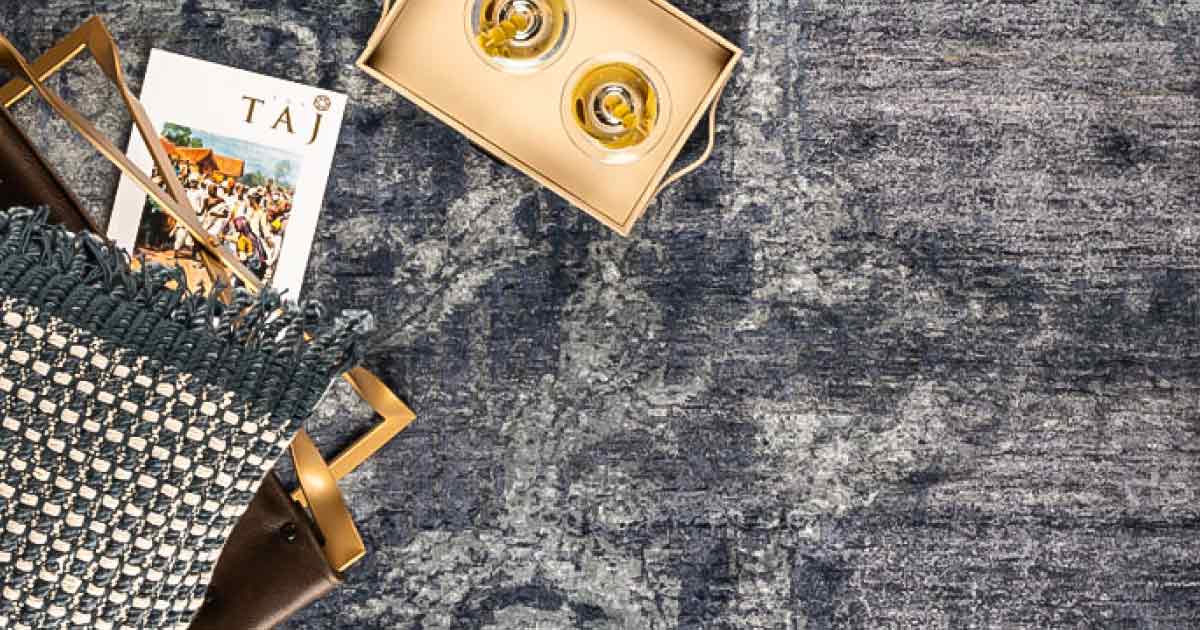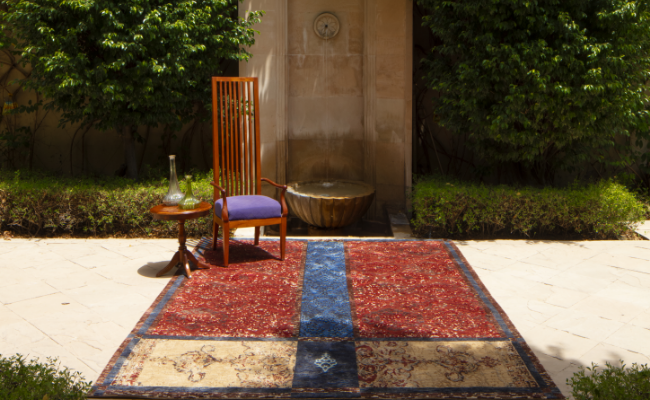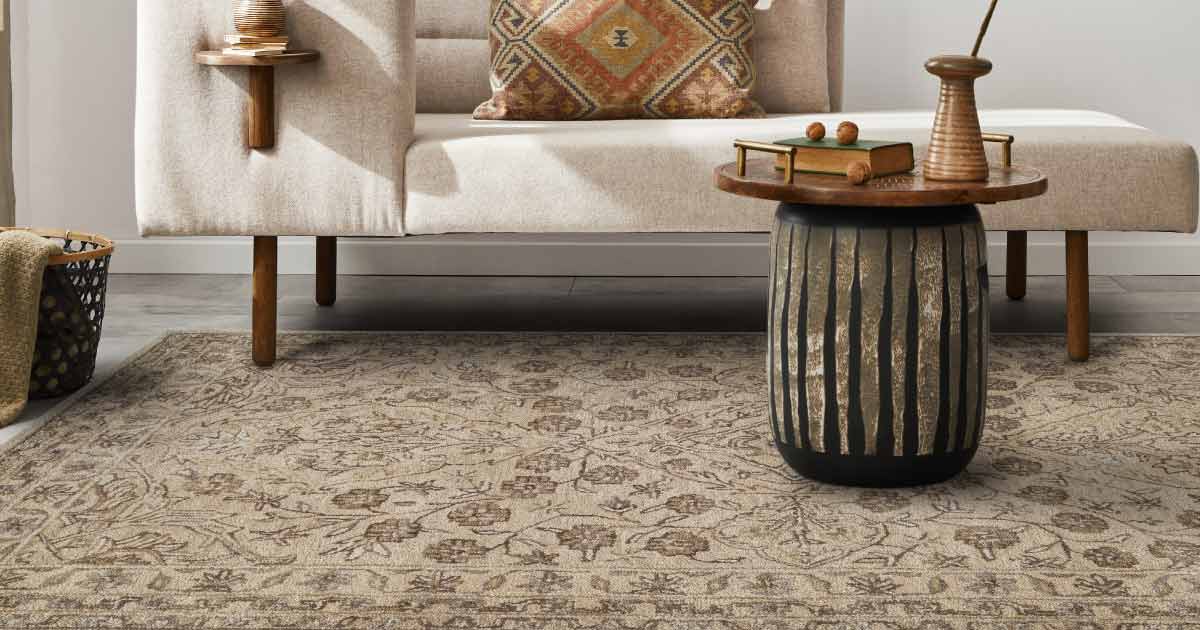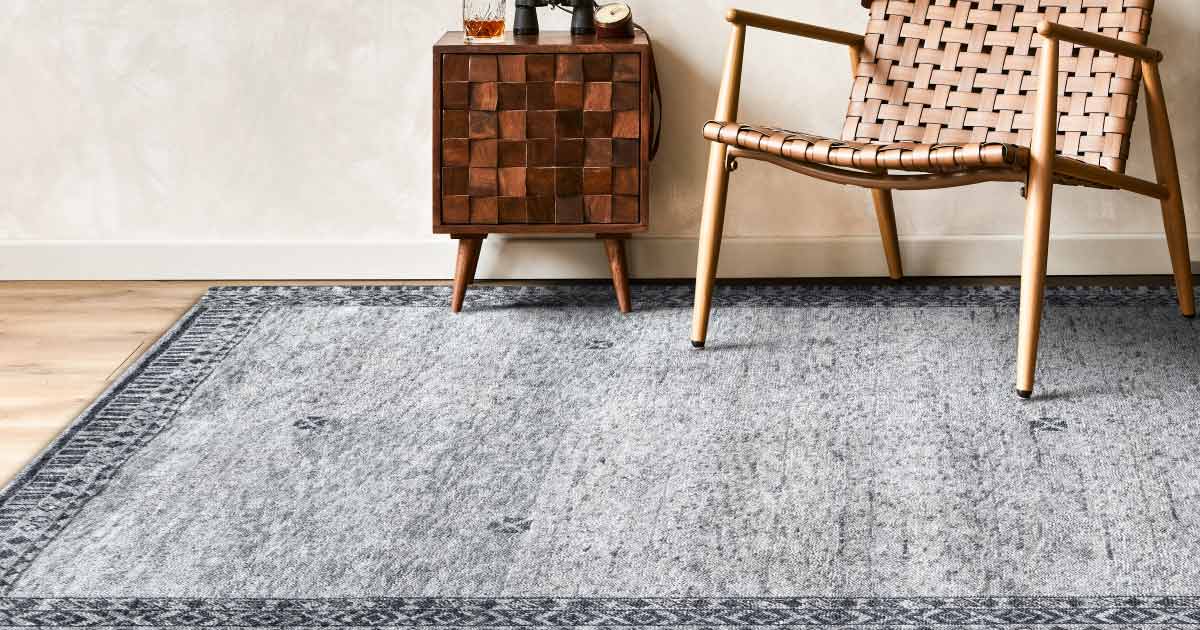
Different Rug Materials
If you’ve ever owned a rug, you know that just how they come in different shapes and sizes, they also come in different materials. If you haven’t, then that is exactly what this blog will help you with. The material with which a rug is crafted can determine various different elements such as the durability, visual appeal, and the maintenance required for a particular rug. These elements are extremely important to analyse when you are looking for a perfect rug for your home. Different types of materials suit different types of weather and climatic conditions. Therefore, correct knowledge of the materials and their properties is extremely important for you to choose a rug that fits your preferences and requirements best.

At Obeetee Carpets, we ensure that we cater to all our consumers’ requirements. The outcome of this motivation and determination of ours is our magnificent carpets that are handcrafted using only the best quality materials for your home.
Let us take you through these different types of materials one by one, so that when you purchase a rug from Obeetee Carpets, you exactly what you will be stepping on.
1) Wool rugs
Wool is a material known for its extremely soft and comforting nature. This is why most home furnishings are crafted with different quality yarns of wool, and are even sometimes fused with a variety of different materials. Wool is the most common material used to craft rugs mainly due to its durability. A rug crafted using premium quality yarns of wool can last up to 20 or 30 years in a home if maintained with proper care.
In addition, wool rugs also tend to reduce a little bit of your work when it comes to stains, dust and water damage resistance. They also tend to be fame resistant due to their insulating properties. Another reason for this type of material to be largely preferred by consumers and brands alike is that it can be easily dyed. So if, after a certain period of time you get bored of your rug, you can dye it and easily give your rug and your home an eclectic makeover.
2) Silk rugs
Silk unquestionably is a superior quality material. It has an incomparable sheen, and has a remarkable colour absorbance- a property which further enhances its elegance. Silk rugs can easily endure complex design schemes, and can be easily mixed with different types of materials. Therefore, the adaptable nature of the material makes it easier for rug makers to experiment with different design elements.
While these rugs do have an extremely unique and luxurious essence compared to any other material, their maintenance is just as elaborate. Therefore, it is often advised to place a silk rug in low foot traffic areas, and get them cleaned professionally every few weeks in case of any spillage or stains to keep its sheen alive for a long time. If you are someone who likes to vacuum their rugs regularly, it is best to set the vacuum cleaner at the lowest setting to protect it from any damage.
We know that these rugs require a little, or for some, too much efforts to maintain. However, it is important to note that an average hand knotted silk rug can take anywhere from 6-9 months to finish. This means that each rug is crafted with immaculate attention to detail and with care. Moreover, the design options that are available in silk rug is something that cannot be found in other types of materials. One might even call them a true work of art, and artworks are to be taken care of, regularly.
3) Viscose rugs
Viscose is a semi-synthetic fibre which is commonly used in different types of rugs. The answer to whether or not one should get a viscose rug for their home is- it depends. As a homeowner, when it comes to buying a viscose rug you should ask yourself a few questions.
A) Are you looking for something that looks great in your home and has a versatile design scheme? If so, then a viscose rug is definitely the material for you. Viscose rugs are known for their extremely adaptable nature and their lustrous finish. So in terms of design and aestheticism, you have nothing to worry about.
B) Are you looking for something that is pocket friendly? If affordability is an important criterion for you, then viscose rugs easily fit this requirement. They are available in a wide range of designs, textures, and are comparably more inexpensive than silk and wool rugs.
C) Are you looking for a rug that can endure a high foot traffic area and is durable? If durability is something you place a premium on, we suggest that you skip viscose, and consider wool or silk rugs. Viscose is a synthetic material, and can get frayed, stained, or unbounded quicker than other types of rug materials. Therefore, it is best to place a viscose rug where the foot traffic is not high, and furniture placement is not too heavy.
4) Cotton rugs
Cotton is a great material for rugs for its absorbent nature when it comes to dyeing. This means that you can find a variety of design options in this material. An interesting fact about cotton rugs is that they are reversible. So if you feel that your cotton carpet is stained or frayed from one side, you can easily turn it around and restore its original finish. Cotton is a natural fibre which makes it an easy to handle material, and at the same time its sustainable nature makes it friendly to nature.
5) Jute rugs
Jute is another natural and sustainable material which is largely grown in India and Bangladesh. Its fibre is converted into strands to create rugs. Jute rugs can easily absorb stains, so it is important that in case of spillage of water, they are cleaned immediately. Since these rugs are static-free and absorbent, they do not get damaged easily, thus making it a perfect choice for your home if you have kids or pets in the house.









